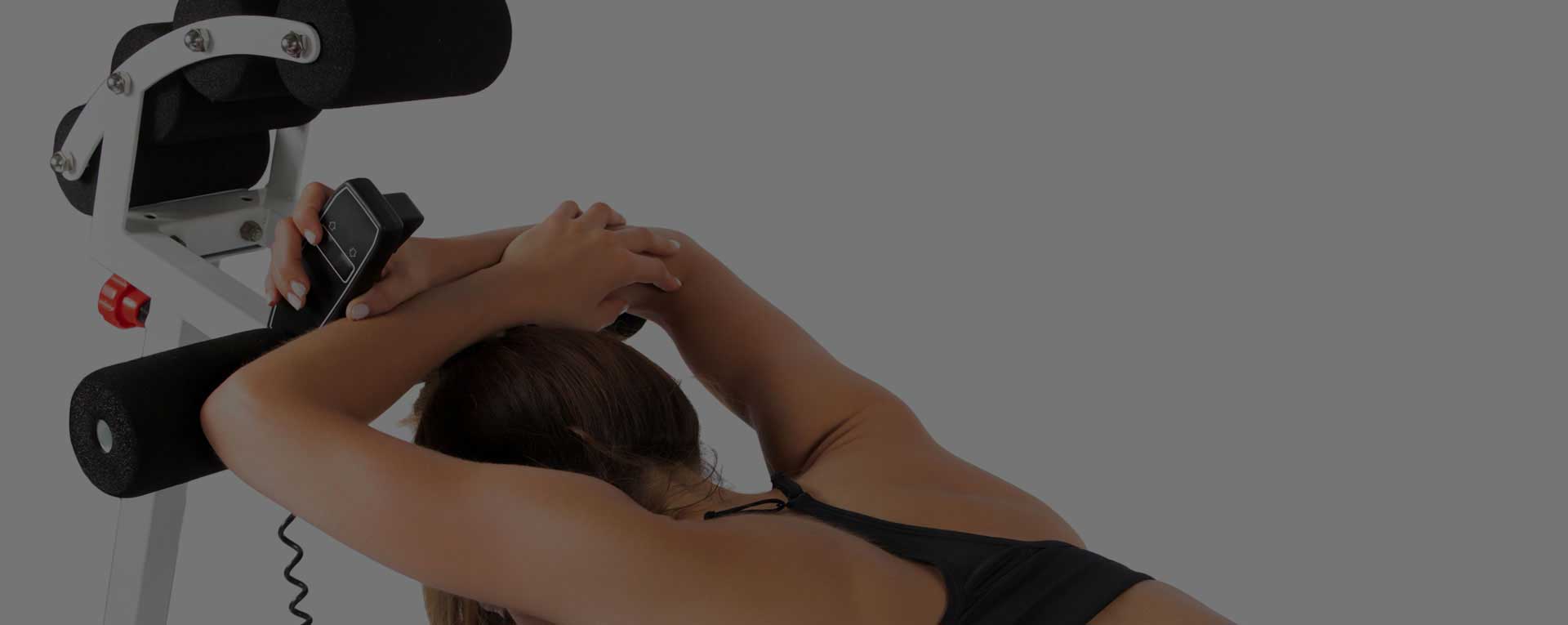
The Science of Stretching
STATIC STRETCHING
Apply targeted Constant Tension (CT) and Constant Position (CP) for extended periods in complete comfort
ISOMETRIC STRENGTHENING
Easily apply Isometric contractions to increase muscle strength throughout the range of motion during rehabilitation phase
RANGE OF MOTION MEASUREMENT
Isolation of muscles allows for accurate measurement to identify lateral differences and apply imbalance treatment
PNF STRETCHING
Employ PNF stretching techniques without requiring a partner to increase flexibility and realign myofascia
ECCENTRIC STRENGTHENING
Increase muscle strength across the full range of motion of the targeted muscles.
BILATERAL FLEXOR / EXTENSOR ENGAGEMENT
Patented system to address synergistic pairings at same time
ECCENTRIC STRETCHING
Scientifically proven approach where resistance throughout the stretching increase muscle tissue length and strength at the same time
UNILATERAL / BILATERAL
Engage either one or both legs as required for the strengthening and stretching training as required
UNLIMITED OPTIONS
Initiate corrective treatment such as trigger point release, scraping, massage etc whilst the targeted muscle is in stretch position

Receive Free Updates on the Science of Stretching
For a full review of the scientific research supporting the impact Static stretching, PNF and Eccentric exercise have for your requirements
Submit your details for a Flexibility Research Review download.


